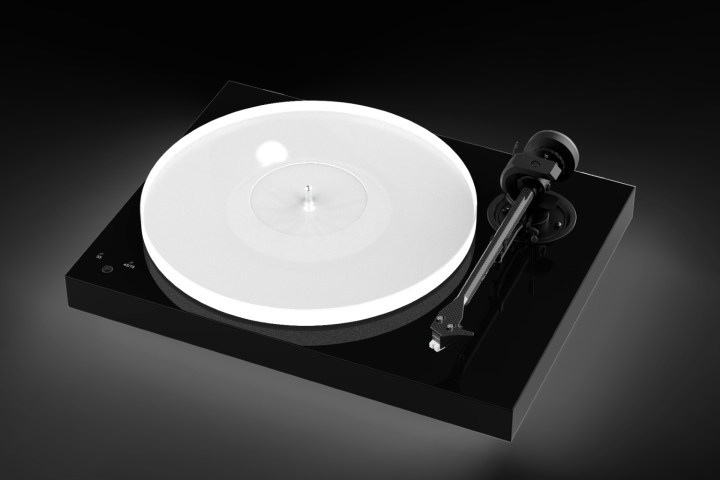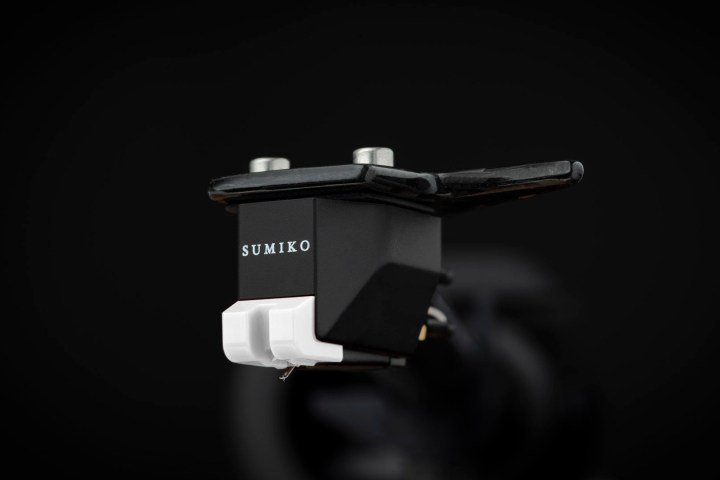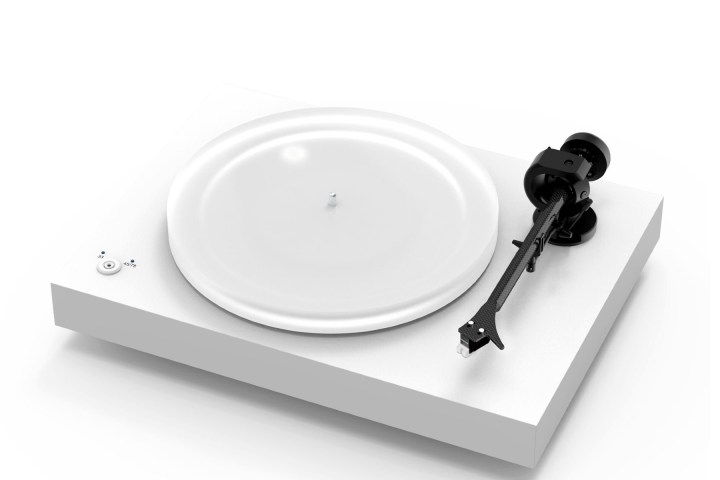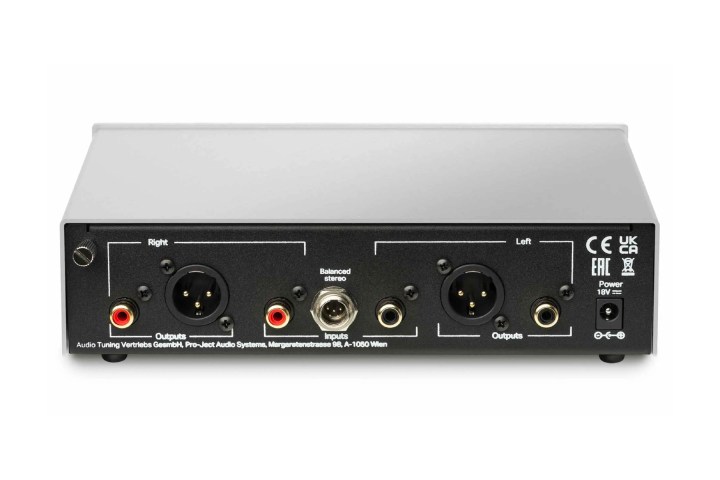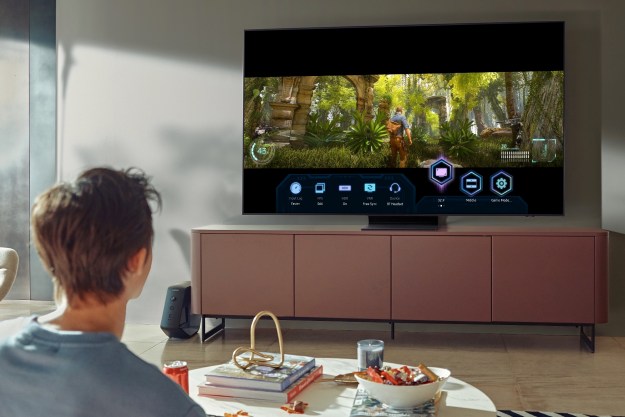European hi-fi audio equipment makers Pro-Ject Audio Systems has announced the addition of two new turntables — the X1 B and X2 B — to its “True Balanced Connection” lineup of products designed to bring an interference-free audio experience to vinyl-heads.
More affordably priced than the $2,500 Pro-Ject X8, a high-end deck released in April, the $1,299 and $1,699 X1 B and X2 B (respectively) further expands Pro-Ject’s goal of bringing the benefits of clean-sounding, true balanced analog audio to a wider range of vinyl enthusiasts.

The cables that connect our turntables to phono stages, receivers, and amplifiers are susceptible to picking up all kinds of interference from our wireless and Bluetooth devices, appliances, and other modern electronics, and traditional RCA connections can send this noise through your system to your speakers. Pro-Ject is looking to combat that by bringing balanced XLR outputs that are widely used in higher-end systems and in the recording industry, to the masses.
In this case, the use of a mini XLR cable output on the turntables allows you to connect the X1 B and X2 B to a phono stage equipped with balanced XLR outputs that you can in turn connect to a compatible amplifier or audio system for this clean, interference-free sound that can dog traditional setups. Balanced XLR cables can achieve louder, cleaner musical signals.
But there’s a bit of a catch. While the Pro-Ject X1 B and X2 B are high-end turntables that are ready to go out of the box and can be connected to a standard system via RCA cables — each deck is equipped with a capable, pre-adjusted Sumiko Rainier moving magnet (MM) phono cartridge — you’ll need to shell out extra for that balanced XLR phono stage as well as a moving coil (MC) cartridge, and cables to hook it all up. And as we’re sure you can imagine, Pro-Ject offers these accouterments as well. As part of its True Balanced Connection lineup, Pro-Ject’s own Phono Box S3 B ($500) and Phono Box DS3 B ($800) are available to do the job.
The good news is that these new Pro-Ject turntables offer the best of both worlds at a pretty competitive price, especially for those looking to take their vinyl setup to the next level. First, even if you’re not quite ready to throw down the dollars for the upgraded phono stage, MC cartridge, and amplification components (if need be) to capitalize on Pro-Ject’s new system, you’re still getting a high-level turntable. Both the X1 B and X2 B feature the aforementioned Sumiko Ranier cartridge, sound-suppressing acrylic platter, anti-resonant MDF plinth, carbon/aluminum tonearm, and quiet belt-driven motors that will make your vinyl shine. The extra $500 for the X2 can be accounted for with its heavier platter (1.5 kg on X1 B vs. 2 kg for the X2 B) and plinth (7 kg for the X1 B vs. the X2 B’s 10 kg), and a slightly longer tonearm, all of which contribute to improved sound isolation, aka better sound.
The X1 B comes in three colors: Gloss black, Gloss White, and Satin Walnut, while the X2 B adds a Satin Black option, like Pro-Ject’s popular Debut Pro deck.
The Pro-Ject X1 B and X2 B turntables will be available in September 2022.
Editors' Recommendations
- Did your AirPods Pro noise cancellation just get worse?
- 1More’s $95 ComfoBuds Pro are the latest AirPods Pro alternative
- Powerbeats Pro vs. Sony’s noise-canceling WF-1000XM3

